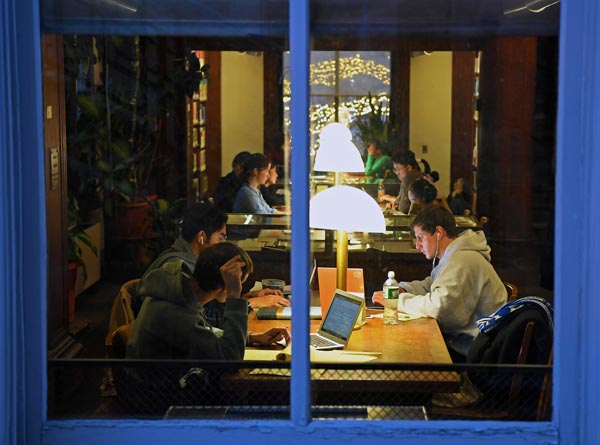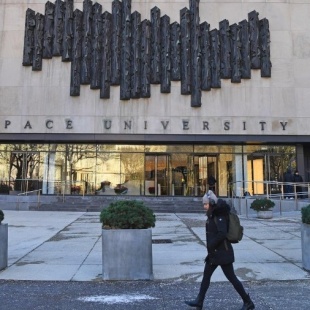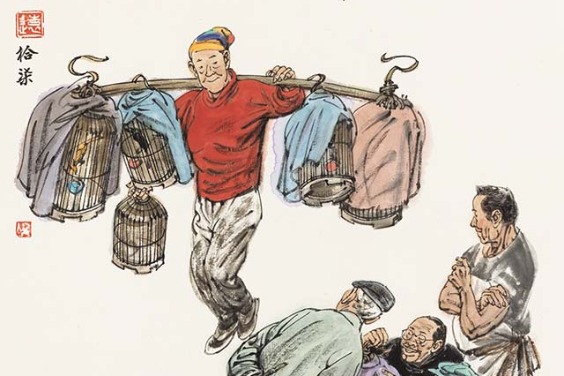Students face US doubts
Tougher visa regulations and higher fees mean new destinations are under consideration


Clear omen
After working in Wall Street as a financial executive following her studies in New York and Beijing, Lindsay Zou founded offerbang.io to provide career guidance for international students and professionals.
"I've met Chinese students hurt by visa delays or denials. Seeing the hardship of studying and finding jobs in the US, they'd rather stay in China for higher education," she says.
Yang Lan just got his master's degree in computer science at Pace University, New York, and found a job. Some of his Chinese friends and classmates were not as lucky.
"As I know, you have to wait longer to get your student visa, which worries not only the students themselves, but their parents too. The conclusion is that America is unfriendly toward Chinese students," he says.
Rachel Banks, director of Public Policy at NAFSA, an association of international educators, was recently quoted by The China Press as saying that the US administration's visa policy was the prime factor curtailing the number of international students.
US President Donald Trump and White House officials have denied such accusations.
Caroline Casagrande, deputy assistant secretary for academic programs in the US Department of State's Bureau of Educational and Cultural Affairs, told Xinhua at the end of November that "our visa policy is matching our discussion, which is coming from the highest office in the land. The president recently said out of the Oval Office (that) we welcome Chinese students into our universities".
What Casagrande was referring to was Trump's remarks on Oct 11 in the White House. "Our universities are available. The world comes in. They use our universities. We have the greatest system in the world, and China is not going to be treated any differently," Trump told reporters.
However, US universities and education organizations picked up a different tone.
"We want the pathway (of coming to the United States) to be very clear and very transparent and very predictable. And what we're hearing from Chinese students is that it is not always the case," Brad Farnsworth, vice-president of American Council on Education, told Xinhua.
Months earlier, top universities like Massachusetts Institute of Technology, Yale, Harvard and University of California Berkeley voiced their concern that their government's visa policy created a "toxic atmosphere" and ran counter to their doctrine of openness and transparency. Chinese students were always welcomed by US universities, they added.
Contribution
China remained the largest source of international students in the US in 2018/19, the 10th consecutive year, with 369,548 students in undergraduate, graduate, non-degree, and optional practical training programs, a 1.7 percent increase from the previous year, according to a report by the Institute of International Education.
International students, making up 55 percent of the total US higher education population, contributed44.7 billion to the country's economy in 2018, an increase of 5.5 percent from the previous year, according to the latest data from the US Department of Commerce.
Meanwhile, according to NAFSA's recent statistics, the consecutive slump of new international students since 2016 has led to a loss of11.8 billion to the US economy.
"To be frank, it is no longer the ultimate choice for Chinese students to seek enrollment at an American university, but just one of many options. I recommend that they have at least two options for their higher education: maybe one is to come to the US and the other to somewhere else, including China itself," says Ding.
Canada, Australia and China have been catching up in attracting international students, says a report issued by the Center for China and Globalization at a summit on the internationalization of higher education, jointly hosted by the CCG, World Innovation Summit for Education and the Institute of International Education in Beijing last December.
China now accounts for 10 percent of the world's international students, ranking No 3 on the global charts in this category, and plans to host 500,000 international students in all academic levels by 2020, it adds.





































